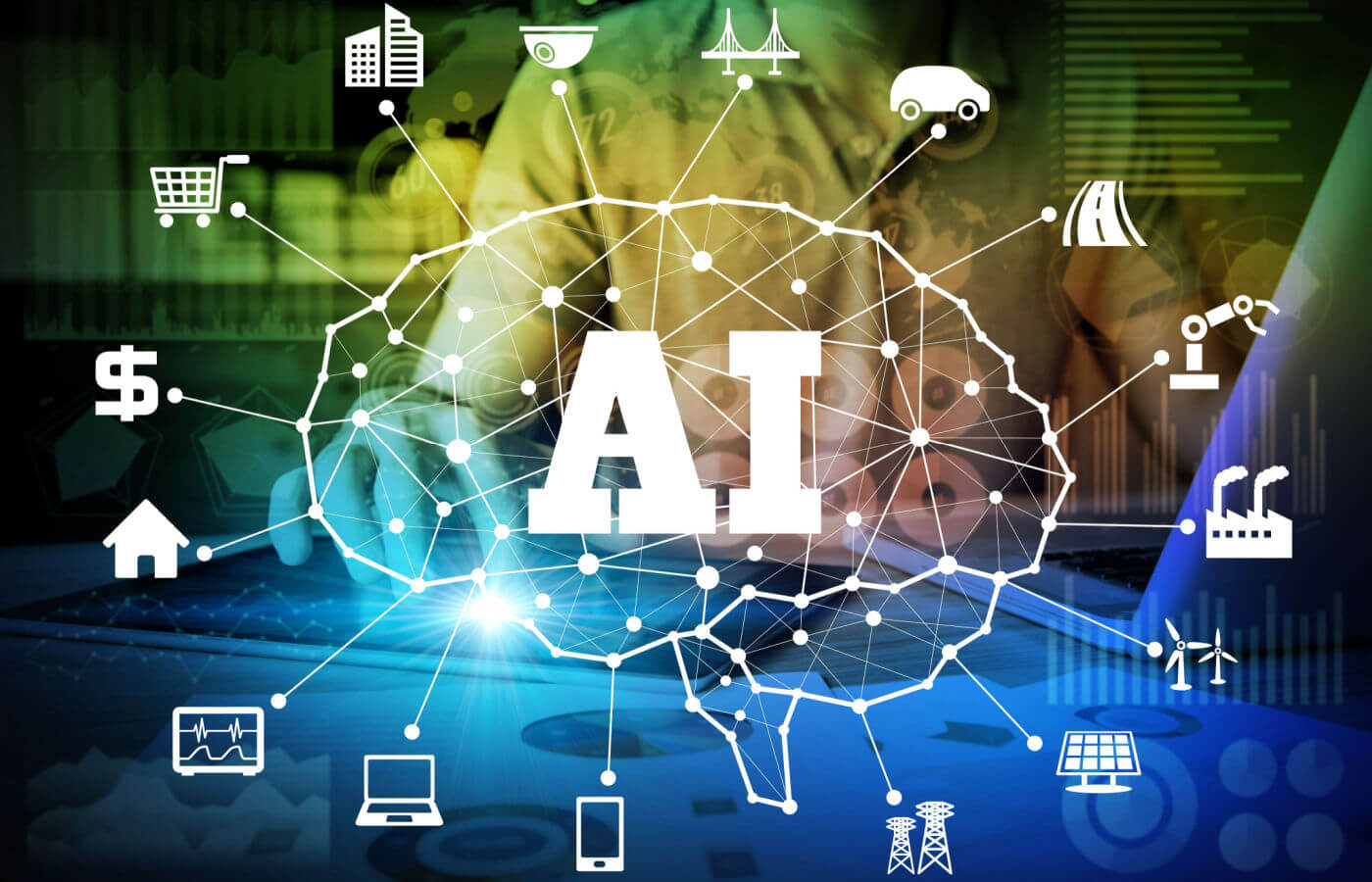Exploring AI’s Role in Addressing Marine Debris Issues

How AI is Helping to Tackle the Issue of Marine Debris
Marine debris, which includes plastic waste and other garbage in our oceans, is a significant global issue that poses threats to wildlife, ecosystems, and human health. With millions of tons of debris finding its way into oceans every year, innovative solutions are necessary to combat this crisis. One powerful ally in addressing marine debris is artificial intelligence (AI). This article explores how AI technologies are making strides in cleaning our seas and safeguarding marine environments.
Understanding Marine Debris
What is Marine Debris?
Marine debris is any man-made material that ends up in the ocean or along coastlines. It can be composed of various items, including:
- Plastics: Bottles, bags, and straws are common and take centuries to break down.
- Fishing Gear: Abandoned or lost nets, known as "ghost gear," continue to catch marine life.
- Everyday Items: Such as cans, glass bottles, and cigarette butts.
The Impact of Marine Debris
The presence of marine debris has serious consequences:
- Threats to Wildlife: Animals can ingest plastic, leading to injury or death, or become entangled in debris.
- Ecosystem Disruption: Marine ecosystems suffer from the degradation of habitats due to accumulated waste.
- Human Health Risks: Contaminants from plastics can enter the food chain, posing dangers to humans who consume seafood.
The Role of AI in Combatting Marine Debris
Advanced Data Analysis
AI can efficiently analyze large datasets related to marine debris. By employing machine learning algorithms, researchers can:
- Identify Patterns: AI can help determine the sources and distribution of marine debris through data from various sources like satellite imagery and ocean surveys.
- Predict Hotspots: By analyzing past data, AI can predict future litter hotspots, guiding clean-up efforts more effectively.
Image Recognition and Monitoring
AI-driven image recognition technology is transforming monitoring efforts:
- Autonomous Drones: Equipped with cameras, drones use AI to recognize and map debris in real-time from the air, enhancing surveillance of waterways.
- Underwater Robots: These robots, powered by AI, can explore depths where humans cannot easily reach, detecting and collecting debris.
Efficient Cleanup Solutions
AI is also streamlining cleanup operations:
- Smart Waste Collection: AI systems can optimize routes for waste-collecting boats based on debris concentrations, improving efficiency.
- Sorting and Recycling: Using AI in recycling facilities helps automate the sorting of different materials, making it easier to process debris into reusable materials.
Community Engagement and Awareness
AI can increase community awareness and involvement through various platforms:
- Mobile Applications: AI-powered apps enable users to report marine debris sightings, fostering community participation in clean-up efforts.
- Educational Programs: AI-driven campaigns can provide tailored information about the impacts of marine debris, encouraging sustainable practices.
Innovative Collaborations
Partnerships for Change
Collaborative efforts among technology firms, researchers, and environmental organizations are crucial.
- Research Institutions: Partnering with universities helps develop cutting-edge AI solutions tailored for marine debris analysis and management.
- Tech Companies: Many tech companies are investing in AI technologies to contribute to environmental sustainability, providing tools for better data collection and analysis.
Real-World Examples
Several initiatives highlight the successful integration of AI in combating marine debris:
- The Ocean Cleanup Project: Utilizing AI and machine learning, this project aims to remove plastic from the world’s oceans while also analyzing data to improve future cleanup efforts.
- Trash Tracker: An AI system developed to track marine debris, showing real-time litter distribution across various oceanic regions.
By harnessing the capabilities of AI, we can enhance our understanding of marine debris and find innovative solutions to mitigate its effects. This collaboration between technology and environmental awareness represents a promising step forward in preserving our oceans and marine life for generations to come.






